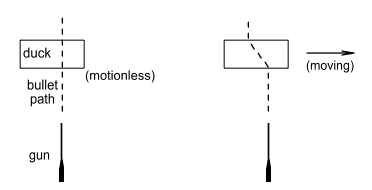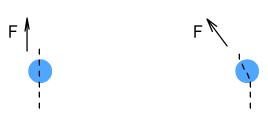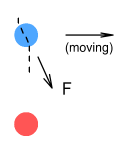Superconductivity
Understanding resistanceTo gain an understanding how superconductivity might be happening we first
need to look at how conventional electrical resistance occurs. According to accepted
theory, resistance to current flow occurs because electrons keep ‘bumping into’
atoms as they flow through a conductor. Thermal activity also plays a role. As a substance
increases in temperature its atoms move more vigorously. This movement increases an
electron’s resistance to flow because it increases the number of collisions.
Conversely as a substance cools the number of collisions, and hence the resistance,
decreases.
The BCS Theory of SuperconductivitySo how does superconductivity work? The standard explanation is ‘BCS
theory’.
An alternative explanation of SuperconductivityIs BCS correct? It is difficult to say, especially as it involves quantum
mechanics explanations that lay outside the boundaries of our real-world (and common
sense) experience. So I’d like to present an easier-to-swallow alternative that fits
within classical mechanics.
Thus it is impossible for electrons to move through a compound without
experiencing a retarding force, even at absolute zero temperatures. This retarding force
should bring the electrons to a halt. Yet the electrons don’t slow down; they
continue at a constant speed. The only way this is possible is that the electrons are
receiving a counter force in their forward direction.
The Duck HunterImagine there lived a duck hunter. This hunter was not very successful
because, for some reason, he only shot ducks that flew directly overhead. The ducks flew
at varying speeds, some even hovering occasionally, and as they passed he would fire a
bullet.
The duck in the left frame is hovering, i.e. moving with zero velocity,
and the duck on the right is flying with a constant velocity toward the right. As the
bullets pass through they exert force on the ducks. In what direction will these forces
be?
Shooting at ElectronsWhat does this have to do with electrons? In the preceding chapters
electric fields were likened to bullets. Tiny electric field ‘bullets’ emerge
from all sides of an electron and travel in straight lines. When these bullets strike
another electron they exert a force in the direction of their motion.
The frame on the left shows two electrons standing motionless above and
below each other. The frame on the right shows the bottom electron motionless and the top
electron moving to the right at a constant velocity. What will the force be on the top
electrons?
Now suppose a proton was doing the ‘shooting’ instead. What would the direction of force be on an electron moving overhead? Again we expect the field to flow through it on an angle however, due to this being an opposite charge, it seems logical that the force should be in the opposite direction:
Using vector representation we can split this force into its x and y components:
Notice that most of the force is still in the vertical direction (y axis) but there is now a small force component in the horizontal direction (x axis).
The proton tunnelExpanding on the above, imagine there are two protons, above and below each other, and the electron is at their midpoint moving horizontally to the right:
The two protons will exert a diagonal force on the electron; however the forces will not be directly opposite. In the above diagram F1 and F2 are the forces from protons 1 and 2 respectively. Taking the vector components of each force we notice that the vertical components cancel, but not the horizontal forces because they’re in the same direction. The net result is this:
The horizontal forces combine yielding a net force to the right.
As it passes between the first pair of protons, the electron will receive
a net force to the right. This will propel it to the next pair of protons, whereupon it
will receive another force to the right... propelling it to the next pair… and so on,
and so forth.
ConclusionIt is possible to explain superconductivity within the boundaries of
classical mechanics by considering that electrons moving at right-angles to protons
receive a small force in their direction of motion due to field lines passing though
charged particles at an angle. |








